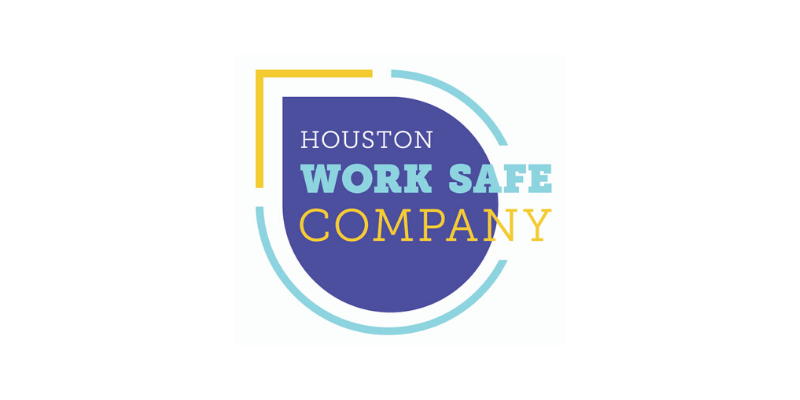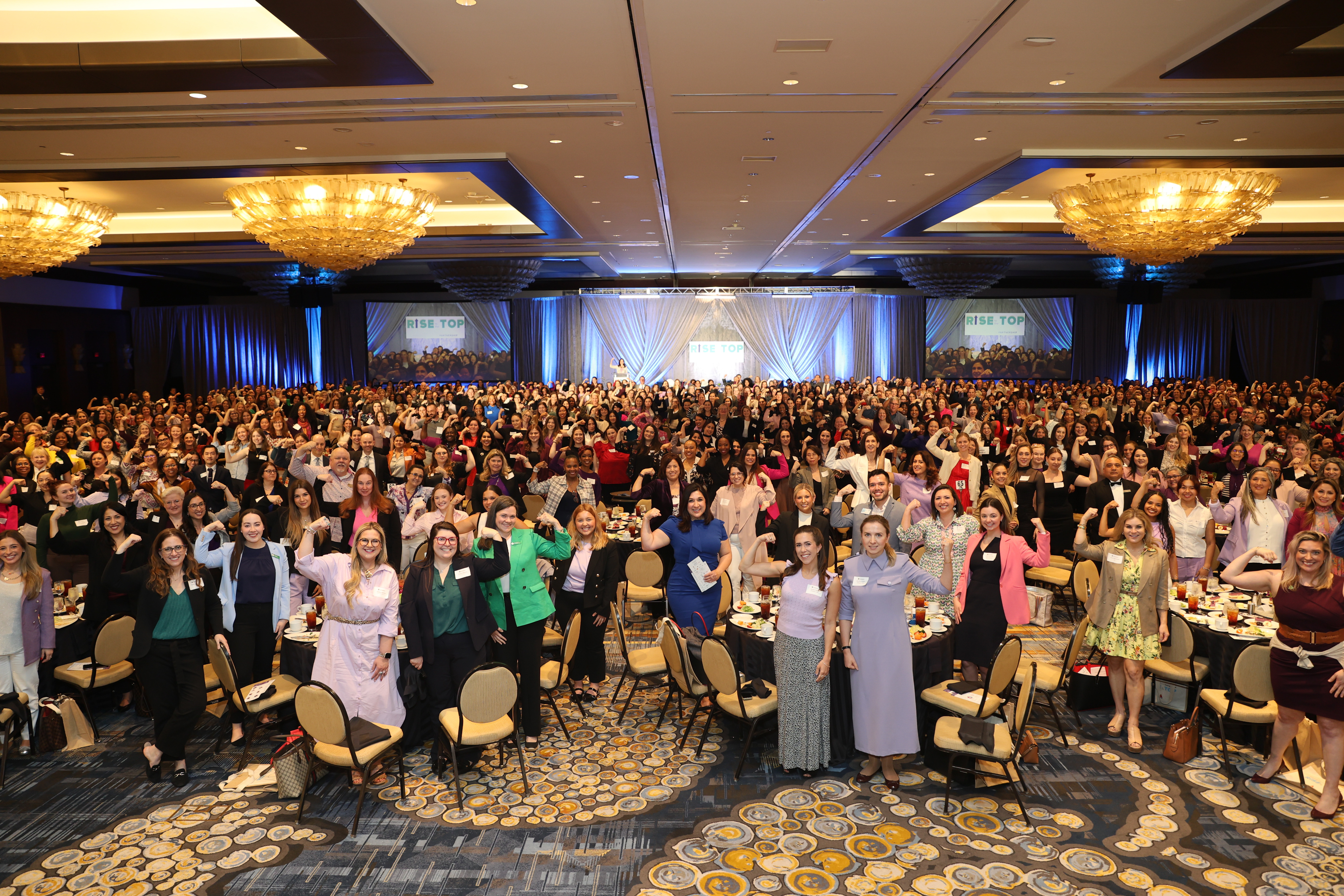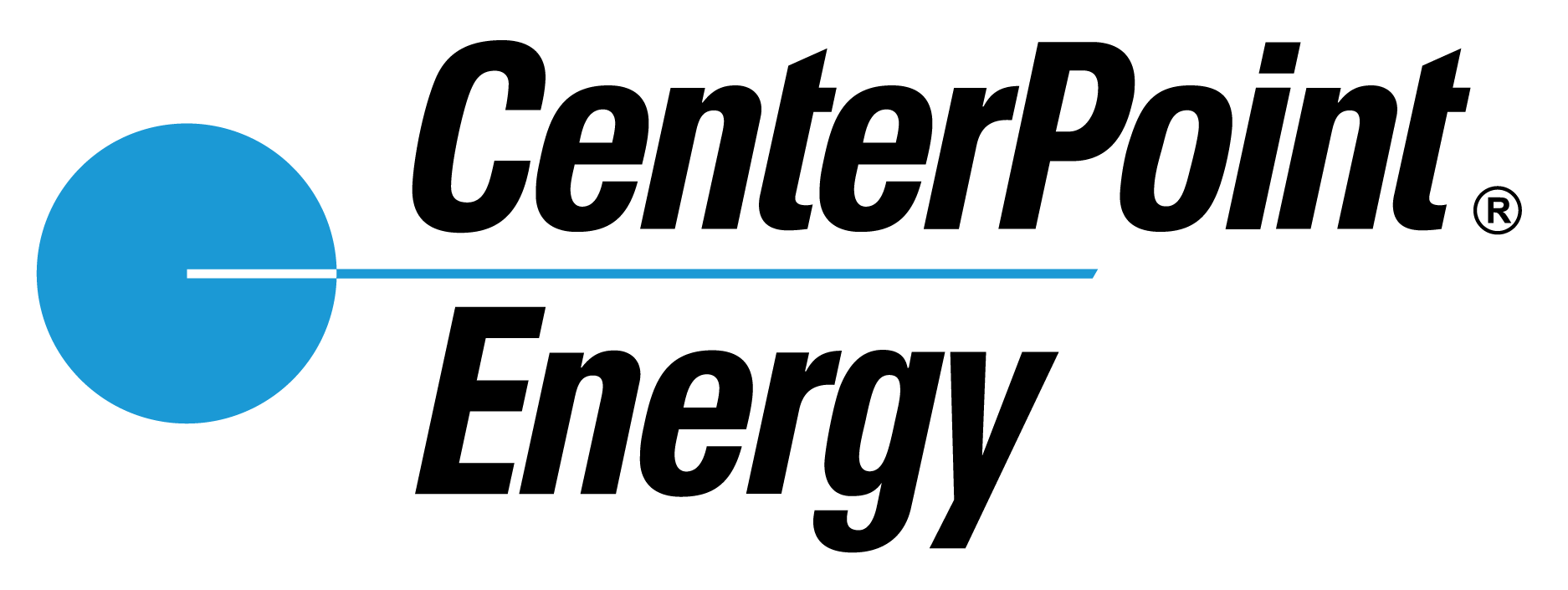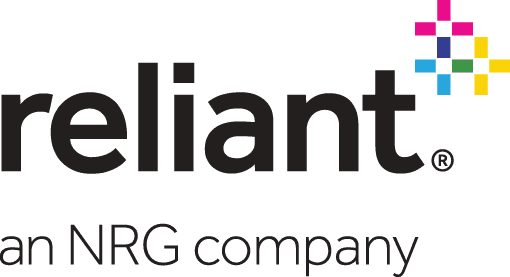Greater Houston Partnership Launches Work Safe 2.0: 15 Principles to Guide the Safe Reopening of Houston Companies
Published Apr 30, 2020 by A.J. Mistretta
HOUSTON (April 30, 2020) – As the Houston region moves to reopen the local economy, it is important that this effort be carried out safely, sustainability and successfully. To support companies planning to reopen or expand their operations, the Greater Houston Partnership is sharing these principles to help businesses develop plans to protect the health of their employees and customers by reducing the risk of transmission of the COVID-19 virus.
The new principles were developed following the release earlier this week of Governor Abbott’s Report to Open Texas, which lays out a plan for reopening closed businesses across the state in a phased approach. The plan calls for allowing many customer-oriented businesses, such as restaurants and retail stores, to reopen Friday, May 1 with restrictions on capacity in place. The Governor said he plans to allow the opening of additional businesses in mid-May, provided Texas does not see a surge in cases. “Businesses have a vested interest in getting this reopening right,” said Clint Pasche, Senior Vice President of Marketing & Communications for the Partnership. “These 15 principles by no means cover all of the issues businesses should consider, but are a good starting point as they think about reopening.”
To prepare for the region’s reopening, the Greater Houston Partnership convened over 80 Houston regional business and community leaders through a series of working group meetings between April 23rd and 27th to define how Houston can reopen the economy safely, sustainably and successfully. The working group members represented businesses both large and small, from across the region and spanning key industry sectors. The findings from those working groups helped inform the principles. Learn more about the working groups here.
This list of principles has been modified from the Partnership’s original Work Safe principles to reflect evolving federal and state guidance, and this list either meets, exceeds or expands on that guidance. The principles are based on the established notions of social distancing, hygiene, and other policies designed to support a healthy and safe work environment.
The principles include:
- Allow all but essential on-site employees to work from home. While companies may maintain on-site workers to complete specific business tasks, employers should continue to allow all but those necessary employees to work remotely.
- Create a safe work environment for all on-site employees.
- Create physical separation. Health officials advise that all individuals should remain at least six feet apart to avoid possible transmission. Employers should establish protocols that allow all on-site employees to maintain a distance of at least six feet while working.
- Close communal spaces. Where possible, employers should discontinue use of any communal spaces such as lunchrooms, breakrooms, meeting rooms and other gathering spaces to avoid unnecessary person-to-person exposure.
- Expand cleaning operations. Companies where workers must remain onsite should increase cleaning protocols of all high-touch and high-traffic areas throughout the day.
- Require workers with COVID-19 or flu-like symptoms to stay home. To minimize exposure to other personnel, all workers who are experiencing even mild symptoms (principally fever, dry cough, sneezing) should avoid entering the workplace, report the situation to their supervisor and remain home.
- Companies should consider adjusting paid sick leave (PTO) policies. Employers should remove disincentives from people self-reporting illnesses. It is to a company’s advantage for sick employees to stay home.
- Encourage proper hygiene. Employers should provide sufficient hand sanitizing stations, guidelines for proper hand washing and soap at all hand-washing stations to ensure proper hygiene at the workplace.
- Apply industry best practices to your reopening and expanding operations. National, state and local trade associations, along with leading companies in most business sectors, have developed robust sector-specific best practices to successfully and safely operate in this environment and have shared these resources online.
- Employ virtual meeting technology. To avoid unnecessary exposure, employers should implement online video conferencing and other virtual meeting and messaging tools to conduct meetings. No one should feel the need to meet in person, even if they are in the same physical office.
- Create alternate teams. Employers with on-site staff should create alternating teams (i.e. morning/afternoon shifts, day/evening, every other day) so that operations may continue if one team becomes exposed and is required to quarantine.
- Restrict on-site access. Employee guests and other visitors should only be allowed access to any office or worksite when absolutely needed. For customer-oriented businesses, customers should be allowed access only provided they follow the safety protocols established by the business.
- Encourage employees to observe safe travel guidance. Employers are strongly encouraged to follow the direction of public health officials to guide travel decisions outside of the Houston region. Employees should protect themselves and others during the duration of the trip, including following CDC travel guidelines. Travelers from high-risk areas should consult with their medical provider regarding self-quarantining and self-monitoring measures.
- Eliminate crowding. Limit the number of customers or individuals allowed in the business or workplace at one time to allow for social distancing. If possible, utilize markings to ensure safe spacing at all times.
- Decrease physical contact. Establish measures to limit interaction between employees and other employees and employees and customers. Utilize contactless solutions.
- Require employees and customers to wear personal protective equipment when possible. Face coverings should be worn by employees and customers, especially if it is difficult or impossible to maintain a 6-foot distance. Proper training on wearing and disposing of PPE should be provided to all employees, and the workplace should provide protective equipment for all employees unable to provide their own.
- Develop health checks. Create a plan to train employees in responsible health checks using proper techniques and protocols. Utilize temperature checks to monitor the health of employees and send home employees who display symptoms. Employees who have a fever or display symptoms of COVID-19 or flu-like illness should not be allowed to work.
- Manage confirmed or suspected work-related cases. Implement a process to prevent the transmission of COVID-19 in the workplace in the event an employee tests positive or is exhibiting symptoms consistent with COVID-19. Employers must understand the legal considerations related to managing cases in the workplace, including issues around employee privacy. Employers should also consider supporting efforts to stop community spread by notifying public health agencies of an employee with a confirmed case. For more information on what can be done to manage confirmed or suspected cases in the workplace, click here.
- Establish anonymous reporting. To maintain a safe work environment for on-site employees and customers, companies should create an anonymous complaint channel for employees and customers to report unsafe practices or violations of protocol during this COVID-19 period.
###
Greater Houston Partnership
The Greater Houston Partnership works to make Houston one of the best places to live, work and build a business. As the economic development organization for the Houston region, the Partnership champions growth across 11 counties by bringing together business and civic-minded leaders who are dedicated to the area’s long-term success. Representing 1,100 member organizations and approximately one-fifth of the region’s workforce, the Partnership is the place business leaders come together to make an impact. Learn more at Houston.org.
CONTACT:
Vice President, Communications
(c) 504-450-3516 | amistretta@houston.org
Maggie Martin
Senior Manager, Communications
mmartin@houston.org
Updated on August 13, 2020.
 Press Releases
Press Releases




















